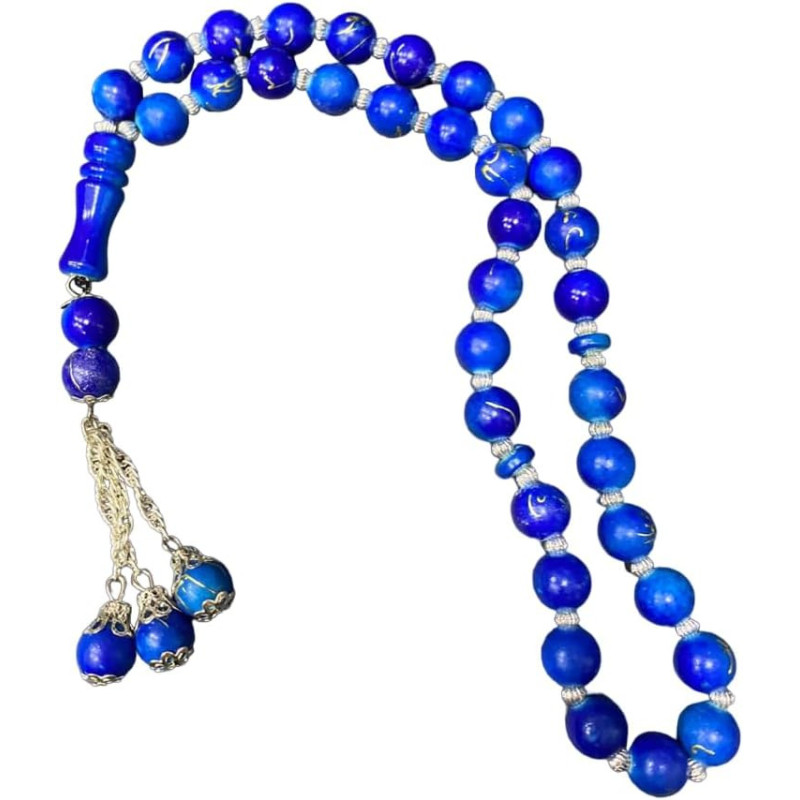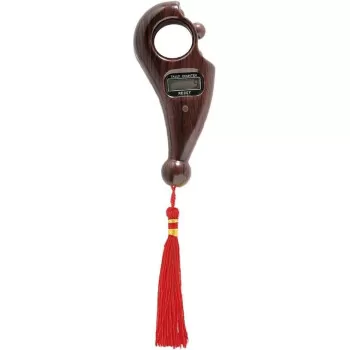
Dark Blue Tasbih Prayer Beads

Get the updates on latest price drops and take advantage of the best deals.










